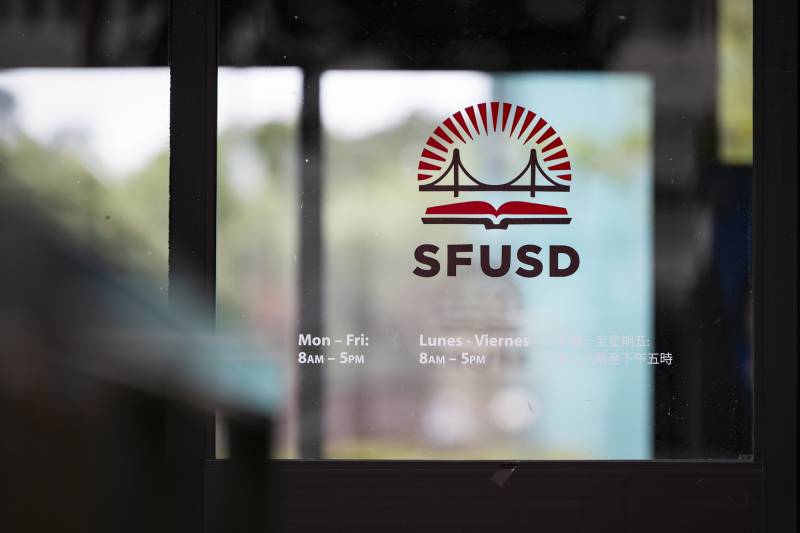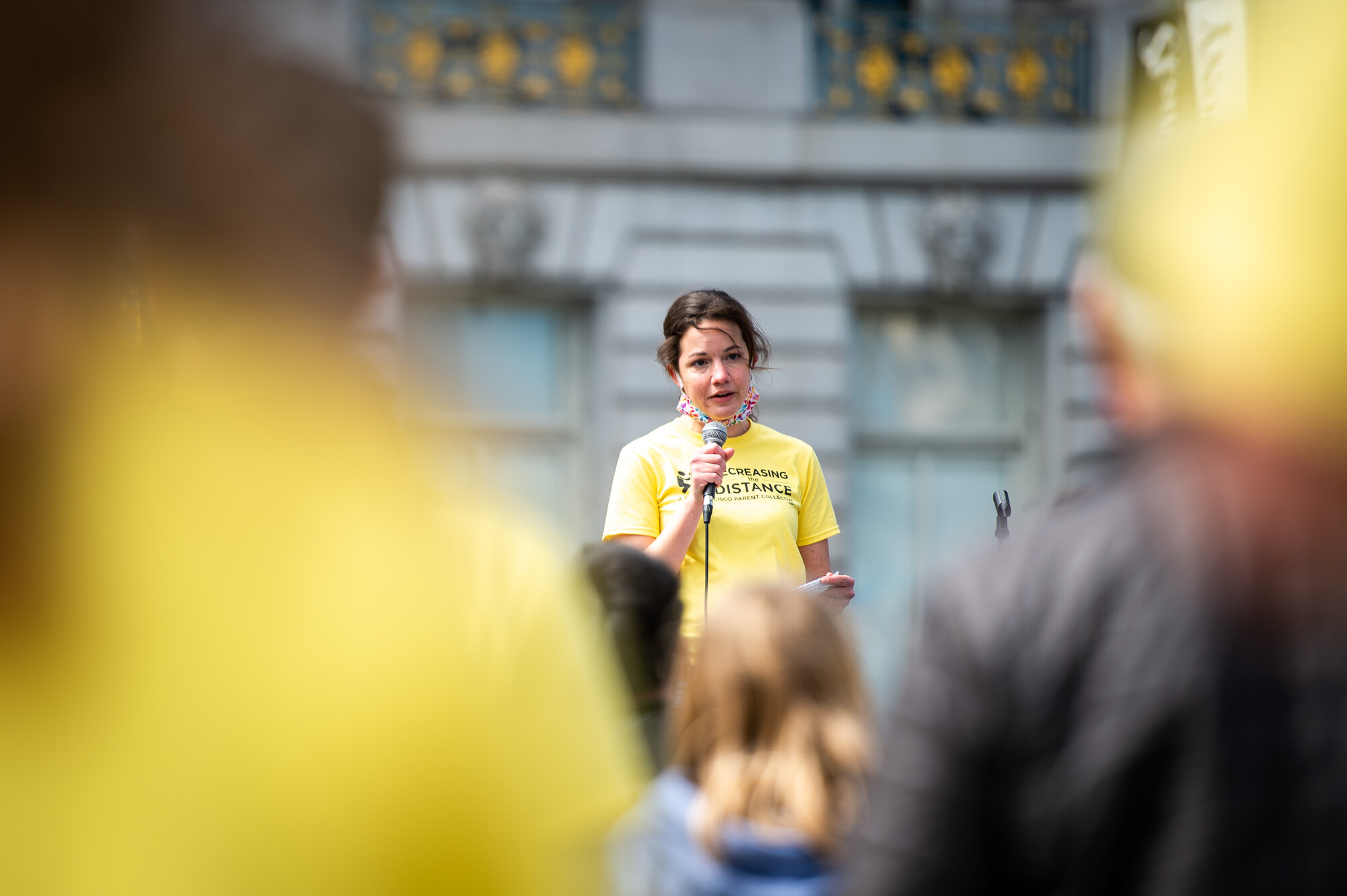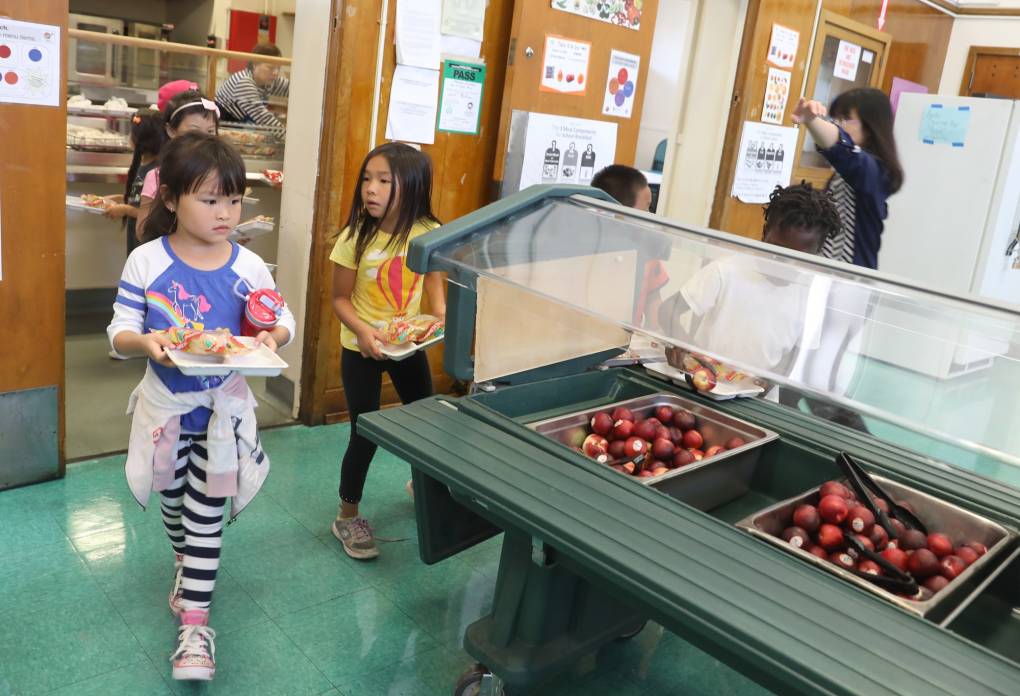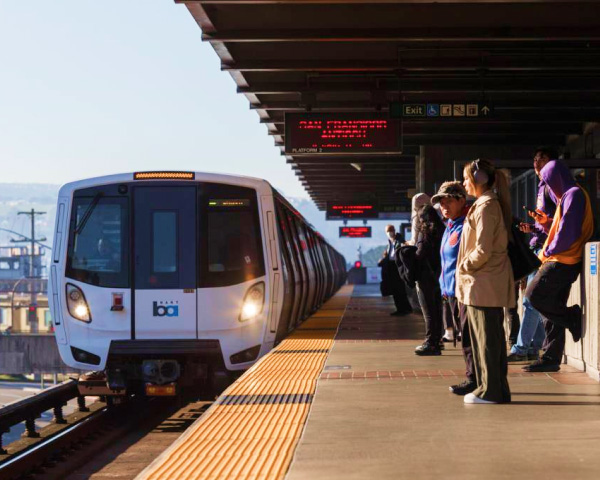Even if the district is allowed to begin hiring externally and fills its classroom roles, it is still set to have hundreds fewer staff members next year and lose some of its most experienced teachers to early retirement.
Dodson said parents are especially worried about “the cuts in para[educators], the cuts in counselors.”
“You can’t have counselors with hundreds and hundreds of kids on their caseload; they’ll never be able to meet with them all,” she said. “And then, of course, paras [serve] our kids in special education who need that additional support. There are a lot of concerns about some of those cuts that we’re seeing.”
Superintendent Maria Su recently said SFUSD is within $10 million of balancing this year’s shortfall, but the district isn’t out of the woods financially in the long term.
It is forecasting deficits in the tens of millions in each of the next three years. Those projections would spend down the majority of SFUSD’s restricted and unrestricted fund balances and wipe out its rainy day reserves, and they don’t reflect any salary increases that could be negotiated with employee unions.
The district said some of the excess spending it plans to do in the next few years allows it to utilize one-time money in its restricted fund, but it will need to make more reductions as that money is spent.
“The Fiscal Stabilization Plan has a significant positive impact on our financial forecast, but additional steps will be necessary to achieve sustainability in the long term,” according to district documents.
Dodson said the district’s new leadership is making strides in the right direction, but without better collaboration with the state, long-term problems will continue to loom.
“We need to see the state giving San Francisco Unified a little more carrot and a little less stick,” she said. “If they don’t allow principals to hire to fill classrooms, then the state is as much responsible as our district for denying kids a quality education.”



